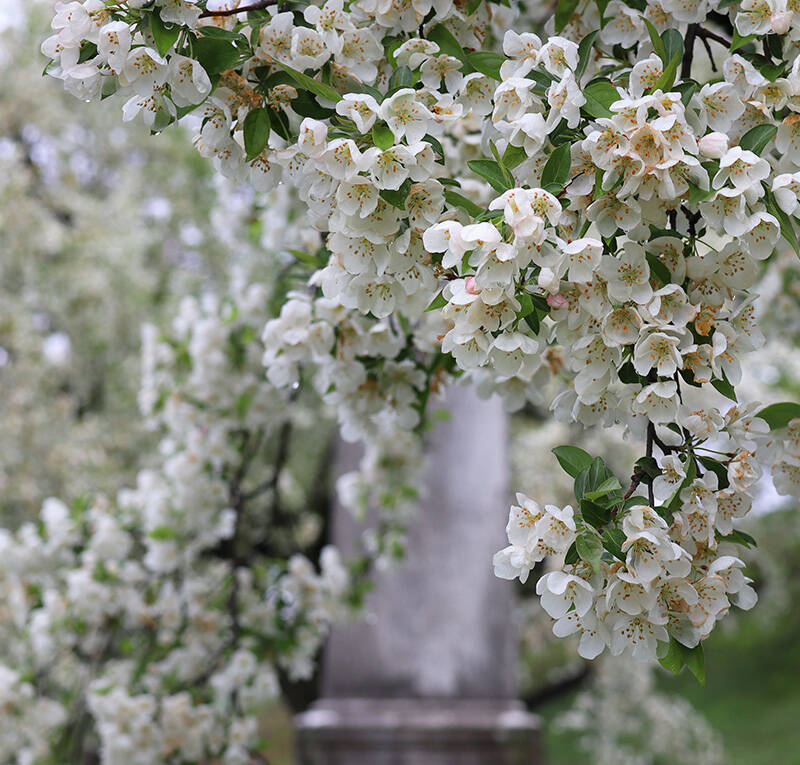Common Teasel, Dipsacus fullonum: “Beauty or the Beast”
In the right context, teasel is a charming plant in mid- to late summer, its glowing mauve flowers complemented by tall wiry stems and narrow leaves in translucent green. Teasel’s armory of prickles gives it a wild look; away from an edited, naturalistic garden, teasel is most at home on rough ground.
As well as structure and height, teasel provides food for wildlife and is worth holding on to. Keep an eye on it: at the end of its two-year cycle small teasels will sprout up all around but like other bee-friendly biennials such as foxglove and angelica, some of its progeny will be in just the right place.
Photography by Britt Willoughby Dyer, for Gardenista.

Common teasel, Dipsacus fullonum, is the variety sold by reputable nurseries in the UK, though considered a menace in the United States. Its small narrow flowers appear to be specifically designed for a proboscis to probe into; they are similar to the flower head of a globe thistle but the plant has a more elegant overall profile.

Used extensively in cloth manufacture even after industrialization, “teaselling” with a dried flower head is unrivalled as a way of raising the nap of woven cloth. The variety best suited for combing cloth is Fuller’s teasel, Dipsacus sativus.

When teasel is at its early stages of flowering, the lower leaves act as cups for dew or rain. As with the small puddles on the leaves of lady’s mantle, this is a cheering sight though fairly quickly the teasel’s water cups become clogged with the remains of insects that tried to climb up the stem before have falling in.

Cheat Sheet
- Teasel can grow to about 8 feet and provides a statuesque dimension that remains in place through winter. In Europe it is a fine component in “prairie” planting, while remaining a persona non grata in actual American prairies.
- In Europe, teasel is a good choice for animal-friendly gardens, providing nectar for bees and butterflies in spring, followed by seeds for finches in winter. In the United States, it is considered invasive.
- Flowering begins in the middle of the conical flower head, spreading in smaller, parallel bands. There are about 15 varieties; Dipsacus sativus has white flowers.

Keep It Alive
- A single plant left unchecked will become a large family, though the bumpy basal rosettes are easy to spot and remove. Keep a few, visible from the window but far from a pathway.
- Common teasel and the escapees of cultivated Fuller’s teasel are hardy and stand up well in exposed sites.
Any kind of soil accommodates teasel, with some moisture preferred.

Teasel has shaken off its’ 70s connotations of a bunch of dried seed heads in a vase, making a comeback in chic arrangements. Here our own Britt Willoughby Dyer has used them in a wreath.
N.B.: Seed heads look lovely in autumn (and winter). See what we mean:
- 10 Garden Ideas to Steal from Superstar Designer Piet Oudolf.
- Can This Garden Be Saved? (There Is Nothing to Look at in Winter).
- Designer Visit: Piet Oudolf’s Otherwordly Garden at Hauser & Wirth Somerset.












Have a Question or Comment About This Post?
Join the conversation (2)